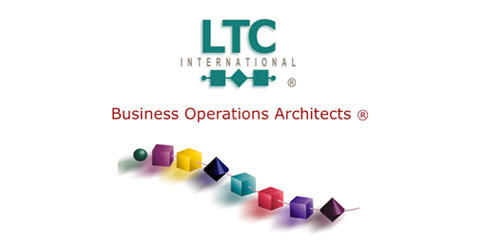|
|

Reducing cost per bit will be as much a challenge as creating and supporting pipes with enough bandwidth to support demand. Improvements in spectral efficiency and reductions in interference as well as multi-user detection reduces cost-per bit, as do shared networks (although this is usually only a solution in rural areas). Many solutions in the BSS/OSS marketplace seek to improve spectral efficiency.
In regards to LTE vs. WiMAX, Ron
Resnick, president of the WiMAX Forum,
claimed “There is a real need to
accelerate what we need to do now…
WiMAX delivers now.” However, many
networks can and will leverage their
LTE assets for a 4G iteration, and some
feel it is the superior standard. Sprint,
who has a significant head start in the
4G market, is betting on LTE, even as it
has WiMAX resources on tap. Dan
Hesse, CEO, said in March that “LTE will
likely be the bigger of the 4G
standards.” Given these constraints,
|
|
Increasingly, the experience is what sells, not the type of server, device, or speed of the connection. |
|


Comcast shines a spotlight directly on
this situation.
Many feel that there will be no winners and collaboration is the only answer—sharing assets to create win-win scenarios. This is where BSS/OSS solutions can find significant ground to create and sell new offerings.
SMARTGRIDS
Perhaps the most exciting BSS/OSS related news from 2010 is the push to expand BSS/OSS business into other industries to create smart grids. Capitalizing on the lessons learned from the “smartification” of the telco industry, similar implementations could be realized in energy, water, education, and healthcare, for example.
|
|
|
|
|

the best solutions from a B/OSS
standpoint will integrate LTE, WiMAX,
and WiFi into service management and
policy control solutions for operators.
OVER THE TOP PLAYERS
No one could have expected small companies like Hulu or Skype to become the wooly mammoths they are today, least of all the major telcos, who move with the speed of Brachiosaurs. But rapid growth is many times relative to agility, and these over the top (OTT) players moved quickly to become popular providers of services that used to be the exclusive domain of Ma Bell and the cable company.
Currently there are battles being
waged, overt and clandestine,
between the owners of the pipe and
the owners of the hippest services on
the planet. Throttling streaming video,
for instance, is not unusual. These
skirmishes have raised significant
concerns about telcos squelching
competition; the latest news
concerning the Level 3 lawsuit against
|
|

Tony Kalcina, Chief Product Officer, Clarity, believes, "The industry can't survive without reinvention. We need to see OSS/BSS players partnering to become the catalysts in the automation of the rest of the economy." The Chairman of the TM Forum, Keith Willets, expressed similar sentiment at Management World Americas 2010, commenting that smart grids in new industries are the new frontier. It will be exciting to see how the industry responds to this challenge.
LOOKING AHEAD
All in all, 2010 has been a year of measured growth in the BSS/OSS sector, with new technologies finally in the marketplace, and others much closer on the horizon. The coming year will see many more 4G deployments, hopefully mobile payments in the U.S., expansion into new industries, and far greater personalization. Perhaps, as Matt Bross said, these new advances “have the potential to be the most sustainable exit from the global liquidity crisis.”
|
|
|






